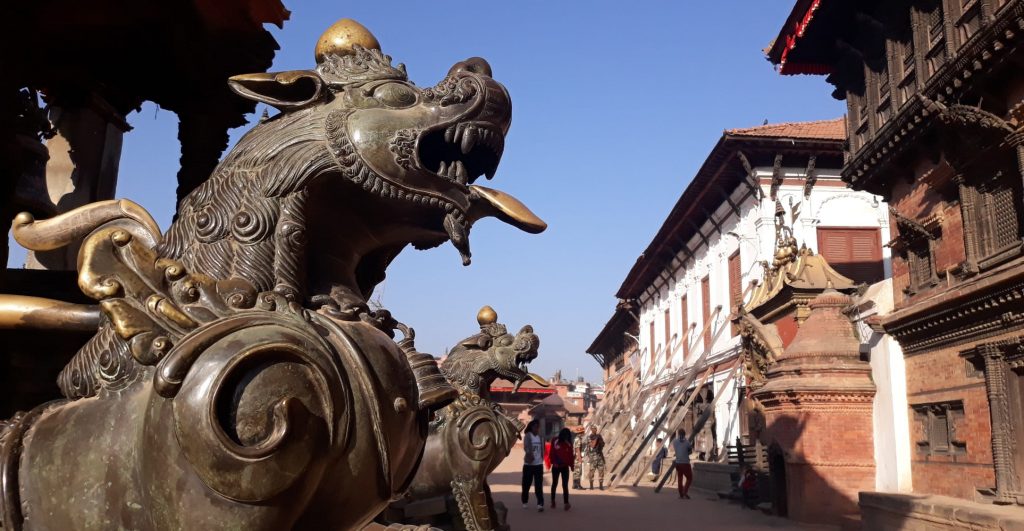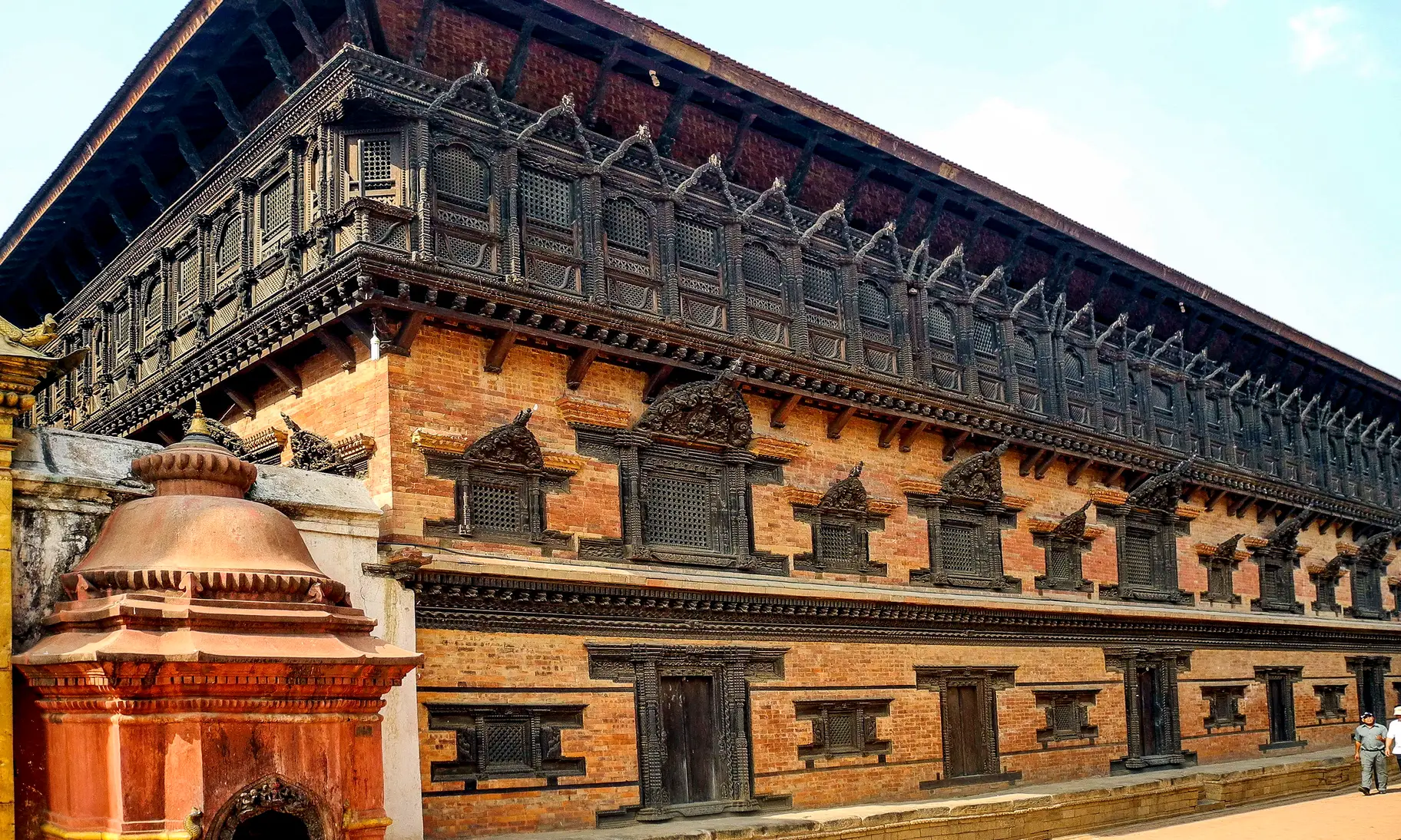There are many reasons why you should visit Bhaktapur Durbar Square while you travel in Nepal. Bhaktapur Durbar Square is one of the three most important and beautiful durbar squares in Nepal. It is being listed as a UNESCO World Heritage Site. It is located in the town with the same name. Located 13 km east of Kathmandu and offers amazing nepalese architecture, traditions and common daily life of Nepalese people.
Bhaktapur Durbar Square is a highly visited place in the Kathmandu Valley so I couldn’t miss visiting the site. I took cheap local bus from the bus station near Thamel. I didn’t wait long time, because there are many buses leaving the city to get to Bhaktapur during a day. The journey didn’t take more like one hour and I enjoyed that. Like usually by watching the world out of the window.
History of Bhaktapur Durbar Square
Bhaktapur was founded by King Ari Malla (Ari Deva) in the 12th century and was the original seat of power of the Malla dynasty. Infact, King Ari was the first to adopt the name “Malla” meaning ‘wrestler’ in Sanskrit. He made Bhaktapur’s Dattatreya Tole (the oldest square in the city) his capital.
The golden era of the Malla kings was between 1200 AD and 1482 AD. Bhaktapur ruled over the valley and the kingdom prospered under the Malla kings. After the death of King Jayaksha Malla in 1482, the Malla kingdom was divided into three kingdoms for his sons and thus came the three kingdoms of Kathmandu, Bhaktapur and Patan. This era is known as the “Period of three kingdoms”.
This was also the time when the three kingdoms fought many a battle between them. Skirmishes between the brothers were common. However, that was also the time when art, architecture and culture flourished in the valley. There was a rise in temple construction, trade, culture, art as well as language. It was during this period that the Nepali language took its form. The last three rulers of the Malla dynasty were responsible for building the temples and palaces, buildings and Bhaktapur Durbar Square.
The rivalry between the three rulers of Kathmandu, Bhaktapur and Patan increased in the 18th century that also heralded a period of political instability in the Valley. This is when the ambitious Gorkha warlord Prithvi Narayan Shah took over the power from the Malla kings after seeking blessings from the Living Goddess of Nepal.
Currently, Bhaktapur retains most of its historic grandeur and its traditional culture. There is a lot in Bhaktapur that can be explored. The Bhaktapur Durbar Square was enlisted as a World Heritage Site in 1979.

